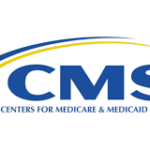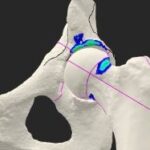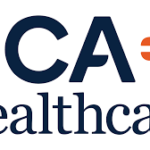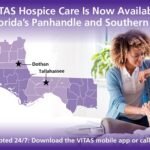 Over the years hospital facilities have evolved to become more than just buildings, but also an expression of the healing process housed within the walls.
Over the years hospital facilities have evolved to become more than just buildings, but also an expression of the healing process housed within the walls.
Going green is an example of this evolution. Environmentally conscientious facility engineers have no argument with hospital plans featuring sustainable “green” signage or seeking LEED (Leadership in Energy and Environmental Design) certification. Reduced energy consumption and utilization of recyclable or rapidly renewable materials hold significant impact in preserving an eco-friendly world for our children.
Now, add to that commitment a significant long term positive impact to the bottom line as a result of energy efficiency, safety and flexibility in both building or retrofitting hospitals ever changing footprints… and there is no reason not to go green and go green today! Now, even the most budget-conscious CFOs and hospital architects and planners are lining up for Baron Signs pioneering efforts in solar powered and green signage because they value the dollar savings benefits as well.
Whether signage is for wayfinding or timely information sharing, Baron Sign of Riviera Beach utilizes the most current computerized technology to provide clients with cost savings and operational efficiency. As a member of the U.S. Green Building Council, Baron has made a commitment to the environment.
“Going green just makes good business sense, said Baron Sign President Jerry Foland. “The underscored message of environmental concern for future generations combined with the economic incentives to be energy efficient and pump savings back into the budget is a win-win.”
Baron has introduced several new products in their manufacturing processes that are sustainable and will assist hospitals in achieving LEED points under the U.S. Green Building Certification Rating System, (USGBC). Green factors including energy efficiency, cost savings, environmental air quality, minimal impact on the environment and community are considered from initial design to final completion for all Baron clients.
Solar Powered Signage
For example, Baron Sign, a pioneer in solar powered signage systems, has set the standard in environmentally friendly wayfinding. In addition to the obvious benefits of using recyclable and rapidly renewable materials to minimize waste and harmful environmental impact, these new solar powered systems offer lifesaving potential, according to Operations VP ,Bryan Vasser LEED AP. Baron Sign is one of the few sign manufacturing companies that values keeping these credentials on staff.
“Solar energized signage with a 3 day storage of power also enhances consumer safety, he said. ” During hurricanes or other natural disasters when electricity is lost, solar power allows generators to be designated for other vital lifesaving equipment while ambulances and the walking wounded can still be guided to emergency areas,” he explained.
| “Solar and green signage will increase the bottom line and benefit the environment. It’s a win-win.”
Jerry Foland, President of Baron Sign |
Due to the modular concept, self contained solar signage eliminates the need for and costs of wiring, cables and electrician fees. And as the facility footprint or utilization changes, modular panels can be easily and inexpensively moved while reflecting up-to- date identification and wayfinding that is powered by the sun.
Financial experts predict that all certified buildings in the future will prove more economically viable and solar powered signage can help existing buildings achieve those LEED certification credits.
Relatively speaking, solar powered signage is in the embryonic stages of development but Baron cites the computer analogy where in the not so distant past few years massive computers the size of a building have been miniaturized to flash drives that fit into the palm of your hand today. Solar energy will transform the way of doing business just like computers drastically changed the information world, the company predicts.
“A decade from now, green buildings will be not only fulfill a community responsibility but will be required by fiscally responsible stakeholders,” Foland predicts. “There is great value in starting the process now,” he advised.
For example, alternative transportation credits can be earned by using green signage to indicate designated parking for car pooling or hybrid autos. Even seemingly small steps toward environmentally friendly signage can help accumulate credit toward achieving enhanced commissioning
Investment in solar lighting and “green” signage today, whether new or retrofitted, translates into long-term profit for both the environment AND the bottom line.
Post Views: 1,016
 Over the years hospital facilities have evolved to become more than just buildings, but also an expression of the healing process housed within the walls.
Over the years hospital facilities have evolved to become more than just buildings, but also an expression of the healing process housed within the walls. 
























